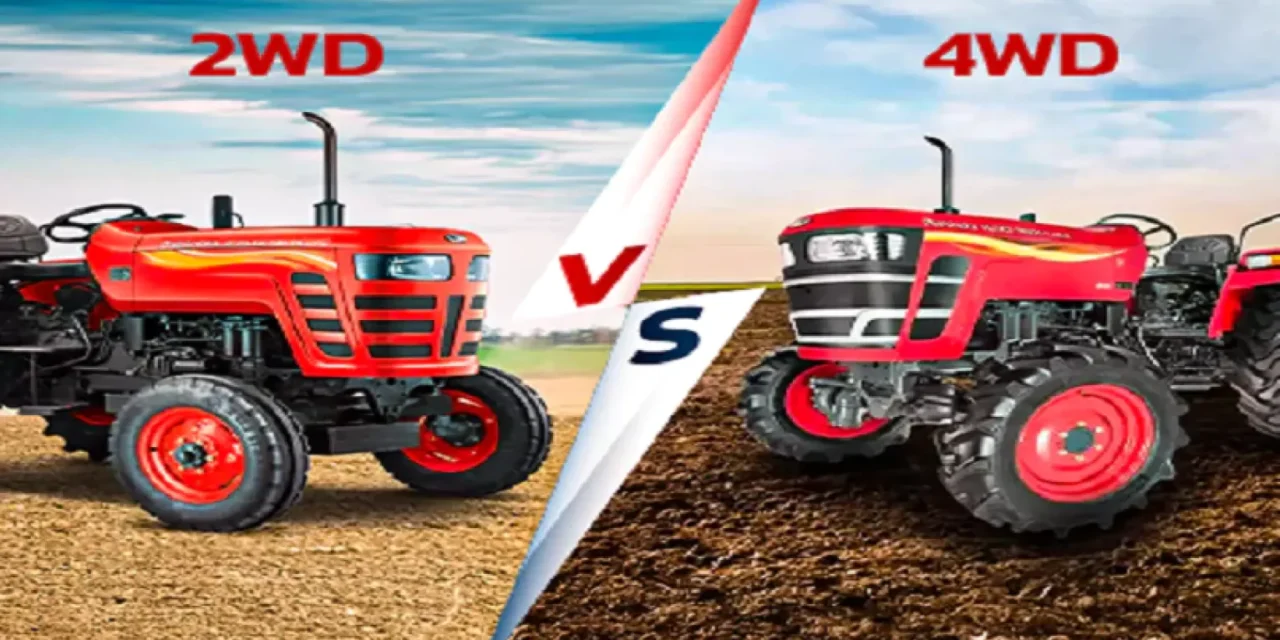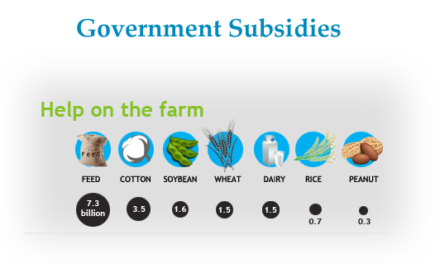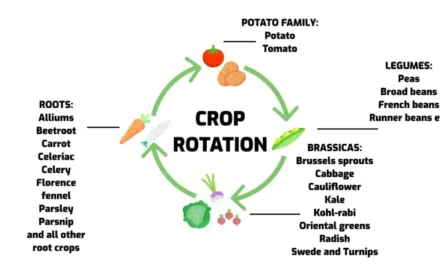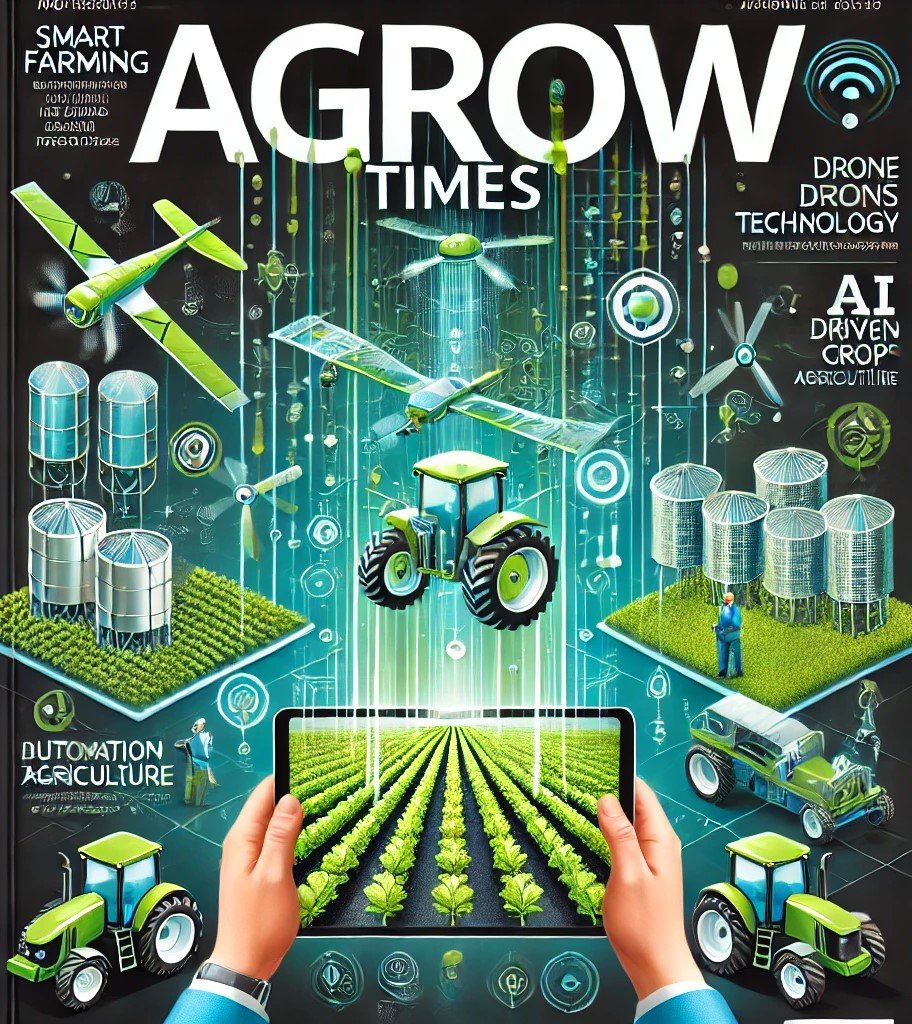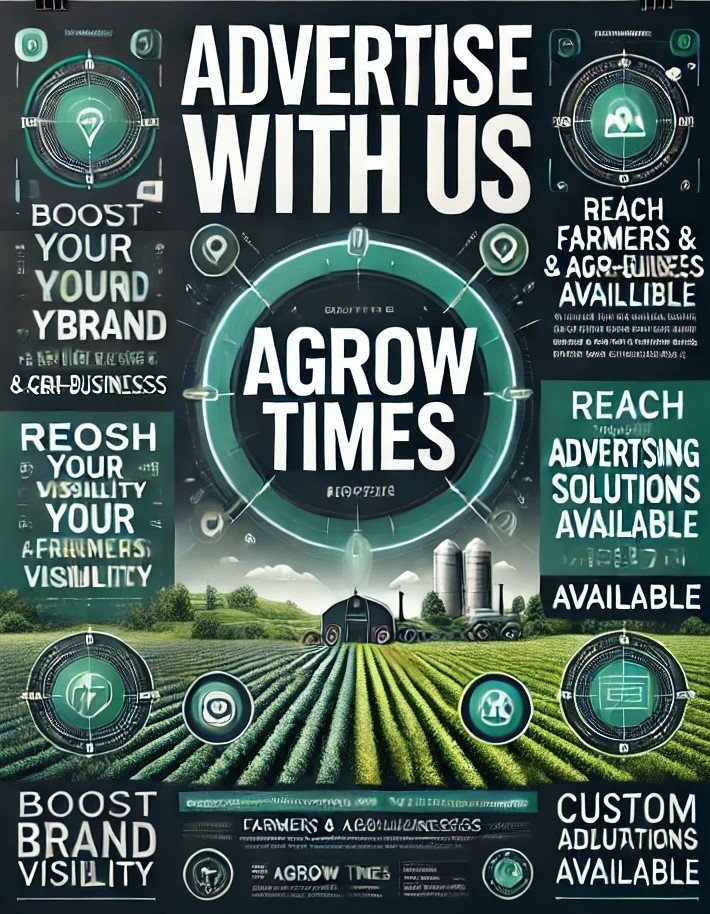The performance of 2WD (Two-Wheel Drive) and 4WD (Four-Wheel Drive) tractors differs significantly due to how power is distributed to their wheels. These differences affect their traction, efficiency, maneuverability, and suitability for specific tasks. Here’s a detailed comparison:
1. Power Distribution
- 2WD Tractors:
- Power is transmitted only to the rear wheels.
- The front wheels are primarily used for steering.
- Suited for lighter workloads on firm or flat terrain.
- 4WD Tractors:
- Power is transmitted to all four wheels.
- Enhanced traction and pulling power due to even weight distribution across all wheels.
- Performs better in challenging conditions like muddy or hilly terrain.
2. Traction
- 2WD Tractors:
- Limited traction, especially on loose or wet soils.
- Rear wheels are prone to slippage under heavy loads or in challenging field conditions.
- 4WD Tractors:
- Superior traction, making them ideal for heavy-duty tasks.
- Handles soft, muddy, or uneven surfaces without getting stuck.
3. Maneuverability
- 2WD Tractors:
- Smaller turning radius due to independent steering on front wheels.
- Easier to maneuver in tight spaces, such as small fields, orchards, or gardens.
- 4WD Tractors:
- Larger turning radius because both sets of wheels drive the tractor.
- Requires more space to turn, making them less maneuverable in confined areas.
4. Load Capacity
- 2WD Tractors:
- Limited capacity to handle heavy implements or attachments due to reduced rear-wheel traction.
- May require ballast or weights to increase stability and grip.
- 4WD Tractors:
- Greater load-carrying and towing capacity due to better weight distribution and traction.
- Suitable for large implements, heavy trailers, and high-powered applications.
5. Performance in Different Conditions
- 2WD Tractors:
- Best suited for:
- Flat, dry, and firm fields.
- Lighter farming tasks such as plowing, planting, or hauling small loads.
- Struggles in:
- Wet, loose, or hilly terrain.
- Heavy-duty applications like deep plowing or hauling large trailers.
- Best suited for:
- 4WD Tractors:
- Performs exceptionally well in:
- Slippery, wet, or uneven terrains.
- Heavy-duty tasks like deep tillage, subsoiling, and operating large machinery.
- Overkill for:
- Small, simple tasks on firm ground.
- Performs exceptionally well in:
6. Efficiency and Fuel Consumption
- 2WD Tractors:
- Lower fuel consumption due to simpler drivetrain and lighter weight.
- More efficient for light-duty tasks on level terrain.
- 4WD Tractors:
- Higher fuel consumption due to increased power demand and added weight.
- Fuel efficiency is offset by better performance in heavy-duty or difficult conditions.
7. Cost
- 2WD Tractors:
- Lower initial cost due to simpler design and fewer components.
- Lower maintenance and operating costs.
- 4WD Tractors:
- Higher purchase price due to advanced drivetrain technology.
- Increased maintenance costs for additional components like front differentials and drive axles.
8. Versatility
- 2WD Tractors:
- Less versatile; suitable primarily for lighter tasks and smaller farms.
- 4WD Tractors:
- Highly versatile; can handle a wide range of tasks, from light-duty work to heavy-duty operations.
- Ideal for large-scale or commercial farms.
9. Durability and Wear
- 2WD Tractors:
- Rear tires experience more wear due to the entire load being borne by the rear axle.
- 4WD Tractors:
- Even distribution of load reduces wear on individual tires, increasing their longevity.
Conclusion
- 2WD Tractors: Best for small-scale operations, flat fields, and lighter tasks like planting, weeding, and hauling small loads. They are cost-effective and easy to operate, making them suitable for small farms.
- 4WD Tractors: Ideal for large farms, heavy-duty applications, and challenging terrains like hills or muddy fields. They provide greater versatility and power but come at a higher cost.
Farmers should choose between 2WD and 4WD tractors based on their farm size, terrain type, and the nature of tasks to be performed.
Hashtags
#TractorPower #EfficientFarming #ModernAgriculture #FarmingAdvancements #TractorUpgrades #SmartTractors #EcoFriendlyFarming #PrecisionFarming #FarmAutomation #InnovativeFarming #TractorMaintenance #AgriculturalMachinery #FarmingTechnology #TractorVersatility #SustainableAgriculture #FarmingEfficiency #AdvancedTractors #AgriTechRevolution #FarmingInnovation #TractorTrends

